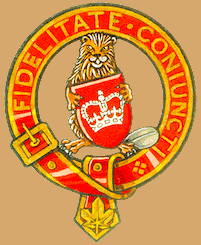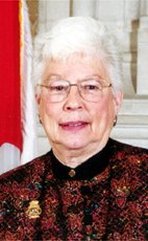“And We do hereby authorize and empower Our Governor General, with the advice of Our Privy Council for Canada or of any members thereof or individually, as the case requires, to exercise all powers and authorities lawfully belonging to Us in respect of Canada”;
“And We do further authorize and empower Our Governor General to exercise all powers lawfully belonging to Us in respect of summoning, proroguing or dissolving the Parliament of Canada.”
Clarkson, Adrienne. Heart Matters. Toronto: Viking Canada (AHC). 2006. Print.
“Creation of the Diamond Jubilee Medal.” The Governor General of Canada. 2011. Web. 4 Mar. 2011.
Heard, Andrew. Canadian Constitutional Conventions: The Marriage of Law and Politics. Toronto: Oxford University Press, 1991. Print.
Hicks, Bruce M. “The Crown’s ‘Democratic’ Reserve Powers.” Journal of Canadian Studies. 2010. Web. 26 May. 2013.
Ibbitson, John. “Stephen Harper pondered appeal to Queen over prorogation.” The Globe and Mail. 30 Sept. 2010. Web. 26 May. 2013.
Letters Patent Constituting the Office of the Governor General of Canada. 1947. Web. 26 May, 2013.
Plett, Donald N. “About the Senate – Senators”. Donald Neil Plett. 2009. Web. 26 May, 2013.
“The Patriation of the Constitution.” Historica. Web. 27 May, 2013.
The Royal Household. “Queen in Canada.” The Official Website of th British Monarchy. 2013. Web. 26 May, 2013.
 RSS Feed
RSS Feed





